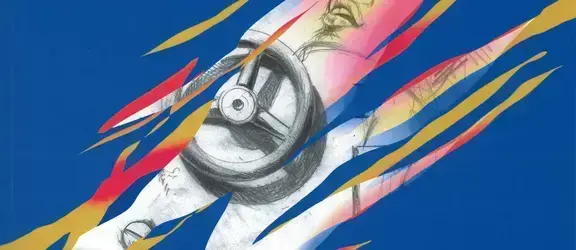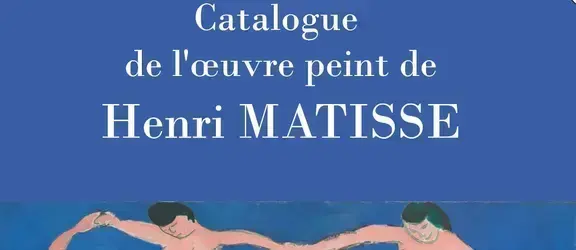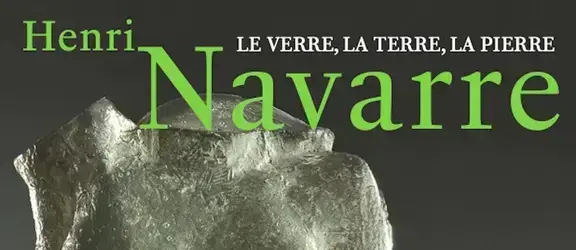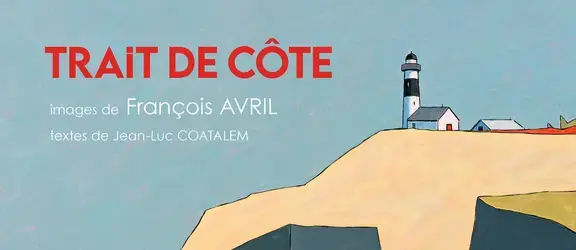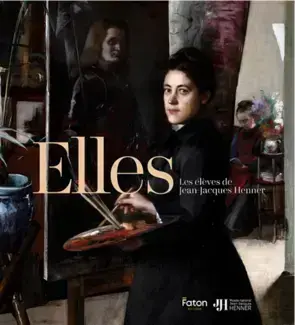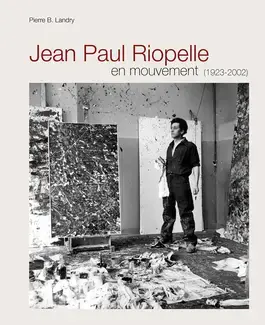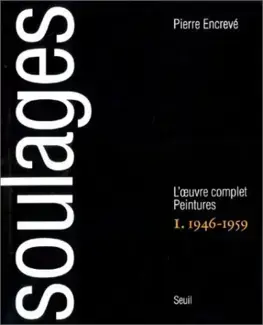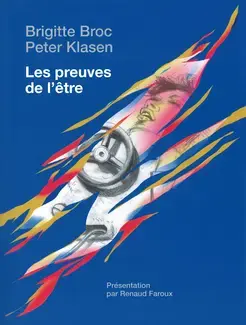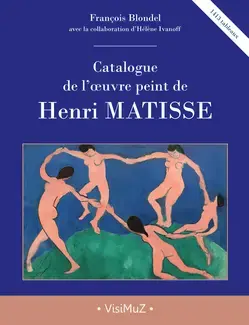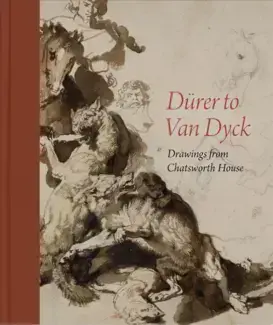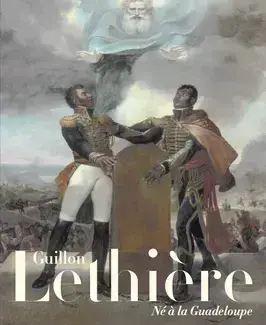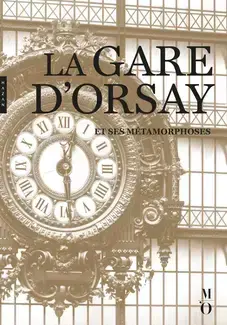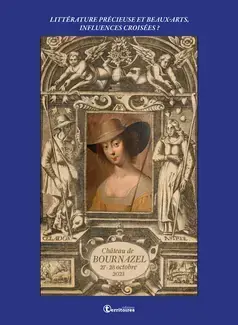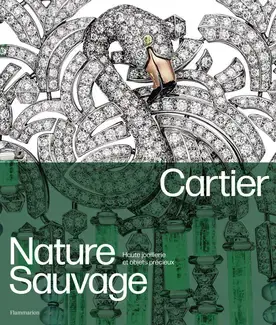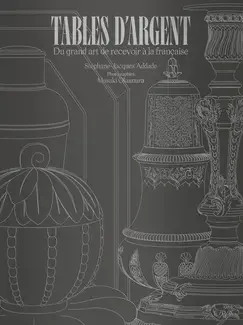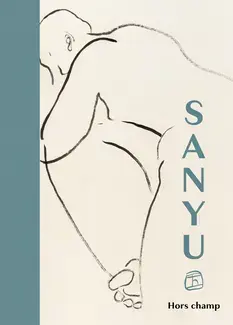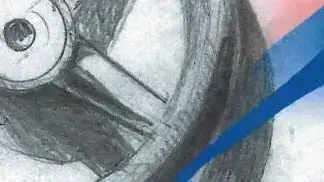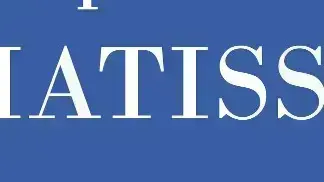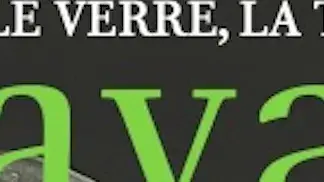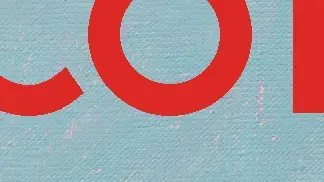 Home
Home
Fragmentary Forms: A New History of Collage

A New History of Collage
Auteur(s) : Freya Gowrley
Although the emergence of collage is often dated to the twentieth century, when it became the favoured medium of modern artists, its earliest beginnings are linked to the invention of paper in China around 200 BC. Later forms appeared in twelfth-century Japan with illuminated manuscripts that combined calligraphic poetry with torn coloured paper. In early modern Europe, collage was used to document and organise herbaria, plant specimens and other knowledge systems. In the eighteenth and nineteenth centuries, collage was firmly associated with the expression of intimate relationships and family affections.
This book offers a new global perspective on collage through its history, from its origins to its current use. It examines works from all eras - Victorian seaweed albums, modernist papier collés by Picasso and Braque, quilts by Faith Ringgold - some by anonymous and unknown artists whose names have been lost to history, either by accident or by exclusion.



sécurisé
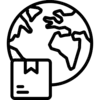
mondiale

& conseils

& collecte en magasin
We also
recommend
Bookshop
New book new
Bookshop
Favorites
